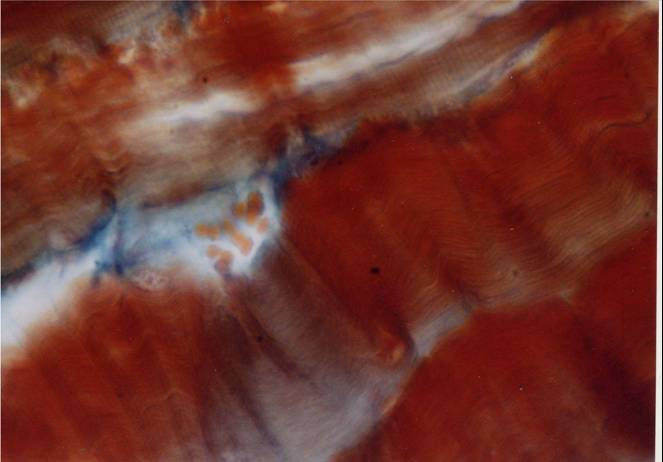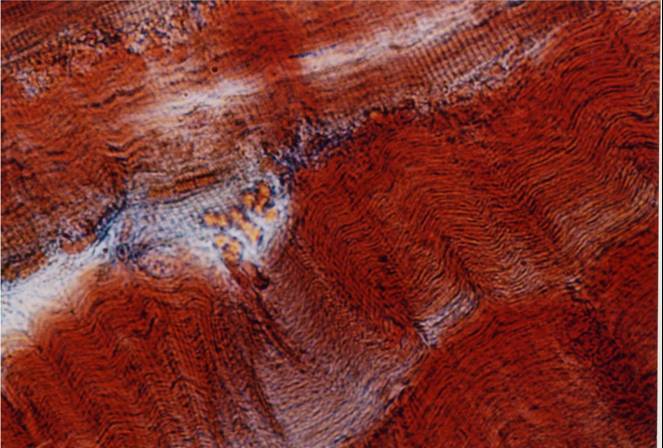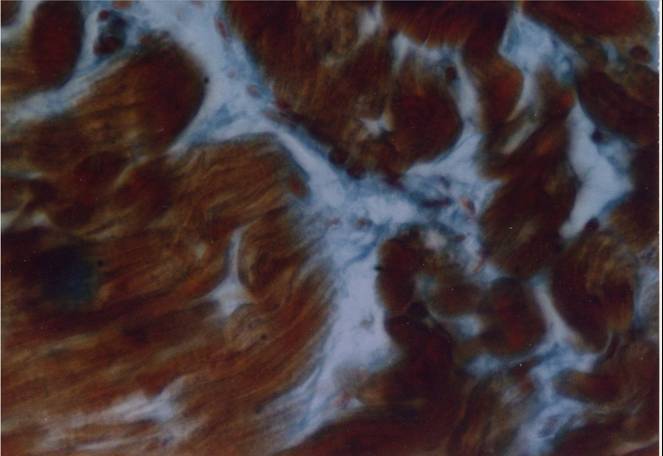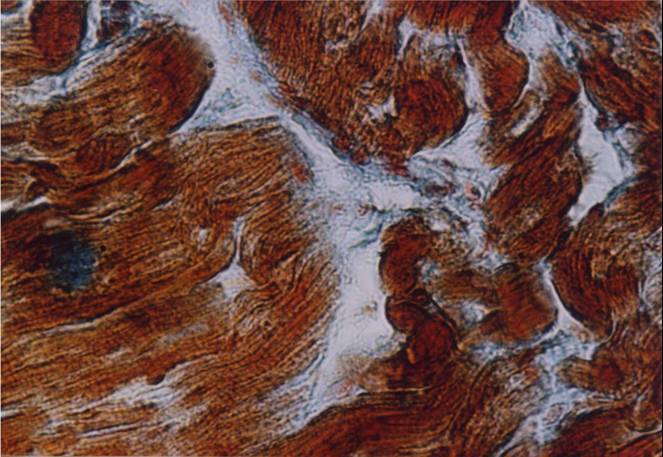SeeNano versus Light Optical Microscopes
The following table compares the capabilities of the SeeNano Microscope with conventional top quality light microscopes:
Reflected Light - Microscopes
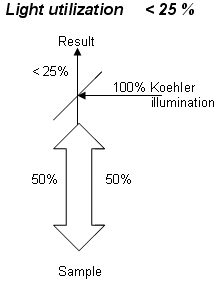
Unchanged since the 19th century
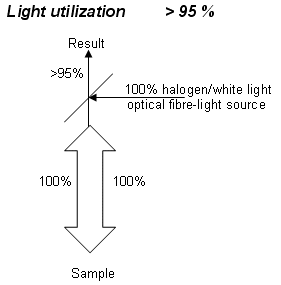
The new standard for the 21st century
Transmitted Light - Microscopes
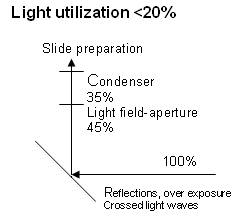
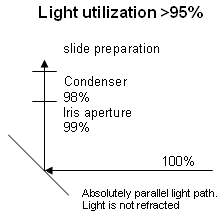
This is the basis for brilliant pictures. Iris aperture used instead of light field aperture. Extremely high contour sharpness.
Depth of Field: |
Marginal, declines with magnification |
Resolution (max): |
Practically : 500nm |
Natural Colors: |
Not possible at high resolutions |
Sample warmth levels: |
Up to 60 °C above room temperature |
Use of Living Materials: |
Strictly limited due to high warmth levels. Living cells typically survive for only a few minutes. |
Depth of Field: |
Extremely high, infinitely variable, independent of magnification |
Resolution (max): |
Practically : 100nm |
Natural Colors: |
Unlimited up to the most extreme resolutions |
Sample warmth levels: |
Max. 5 °C (typ. 2 °C) above room temperature |
Use of Living Materials: |
Limited only by natural life span of cells. |
Stained Slides
The Grayfield microscopes do not require any form of staining or time consuming preparation. This allows the specimens to be seen in their natural state in natural colors and in high detail.
However, in order to compare the SeeNano with conventional light microscopes, the following images were made with stained slides under a top quality conventional light microscope and the SeeNano Pro. Despite the staining, it is obvious that the SeeNano can reveal considerably more details than the conventional light microscope.


